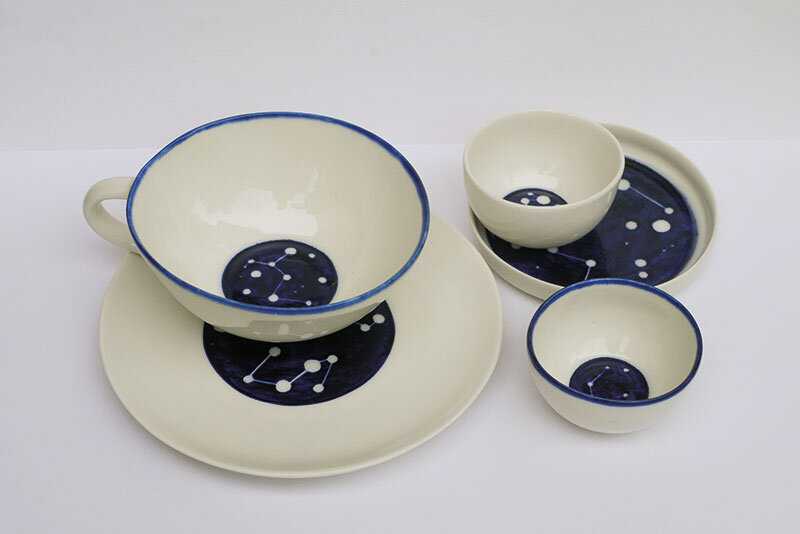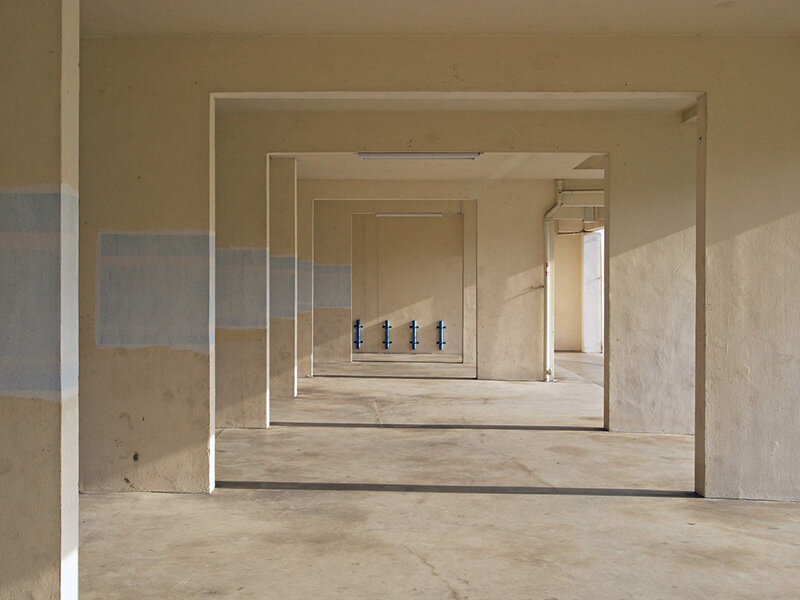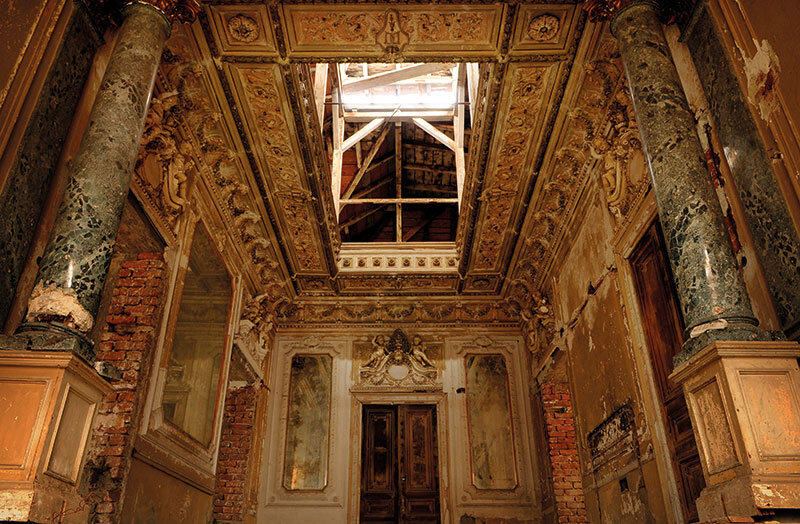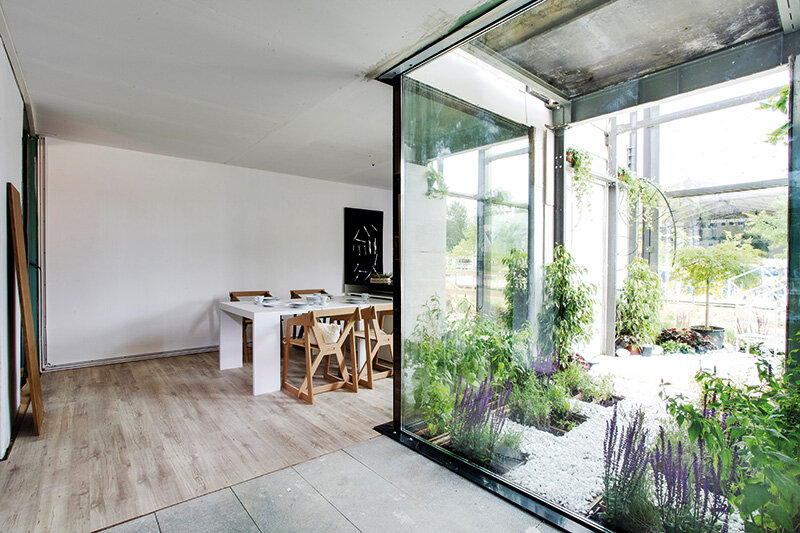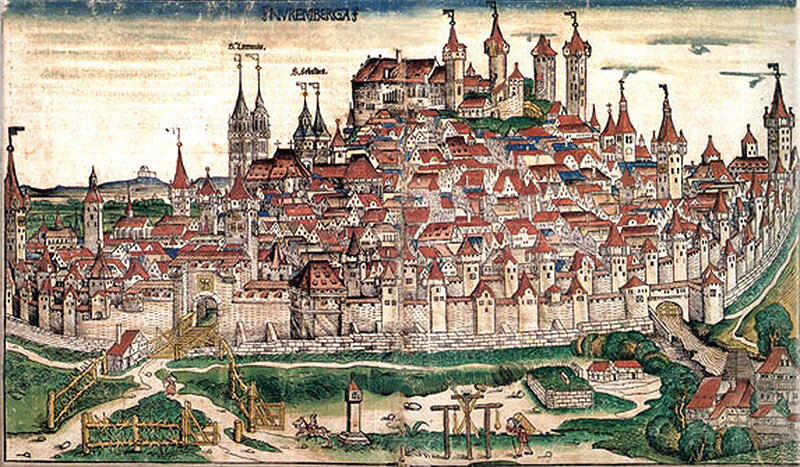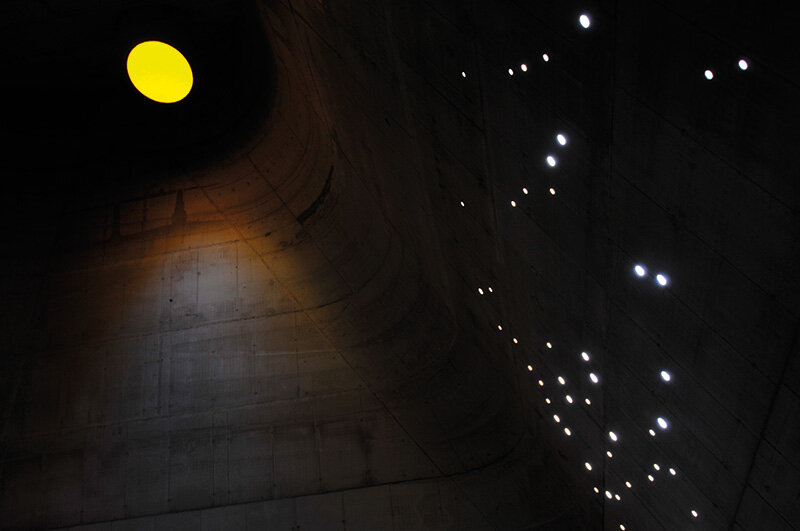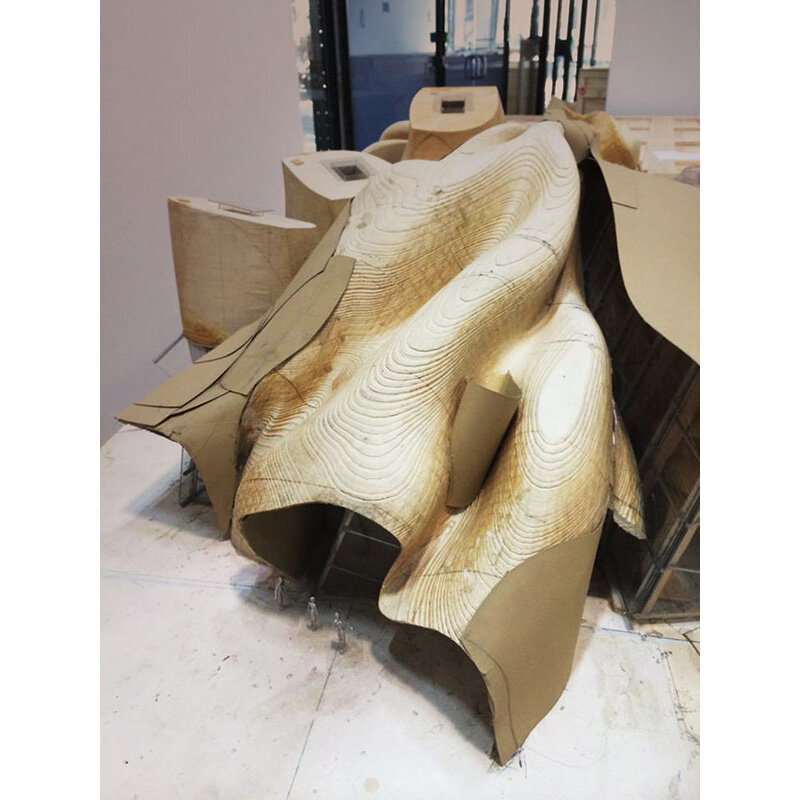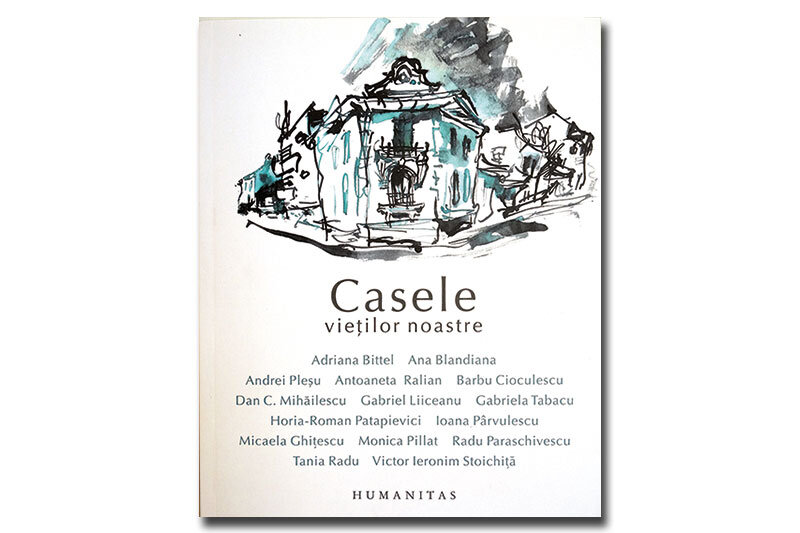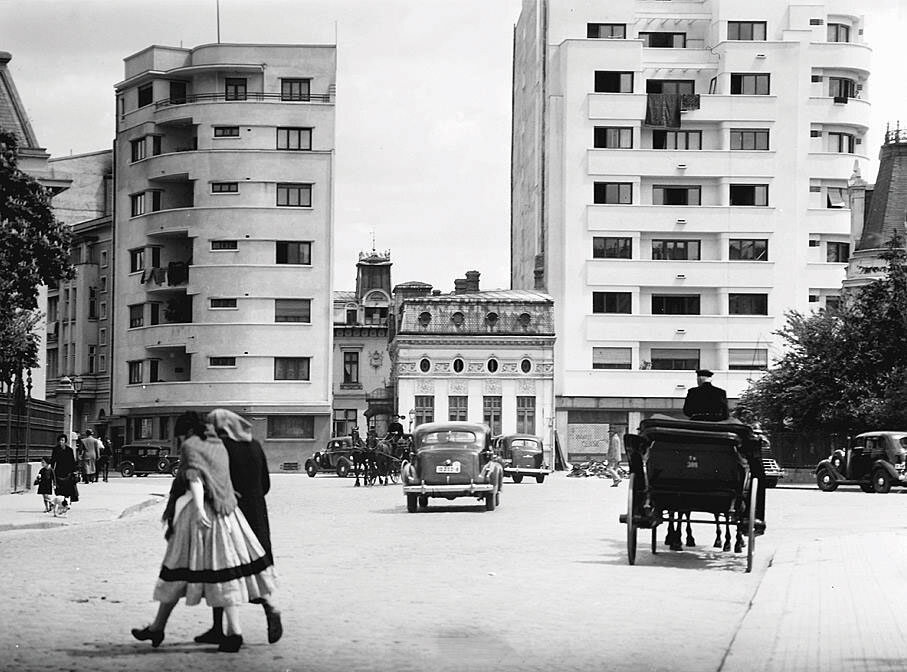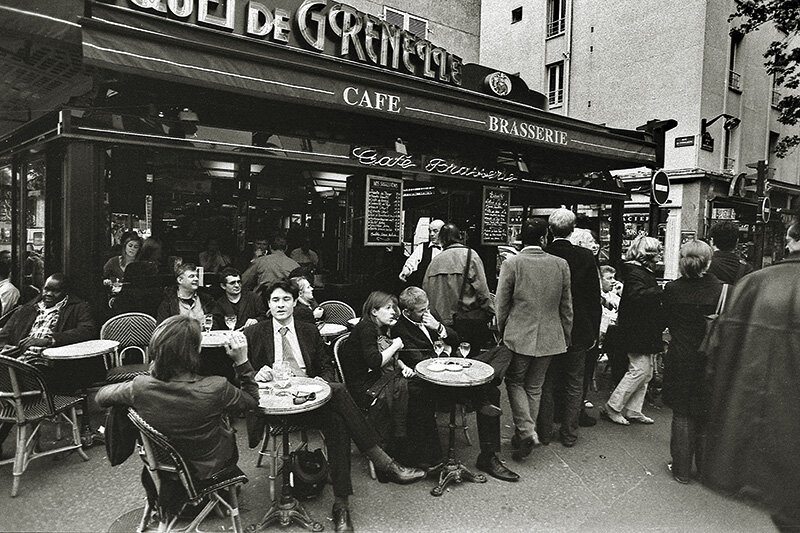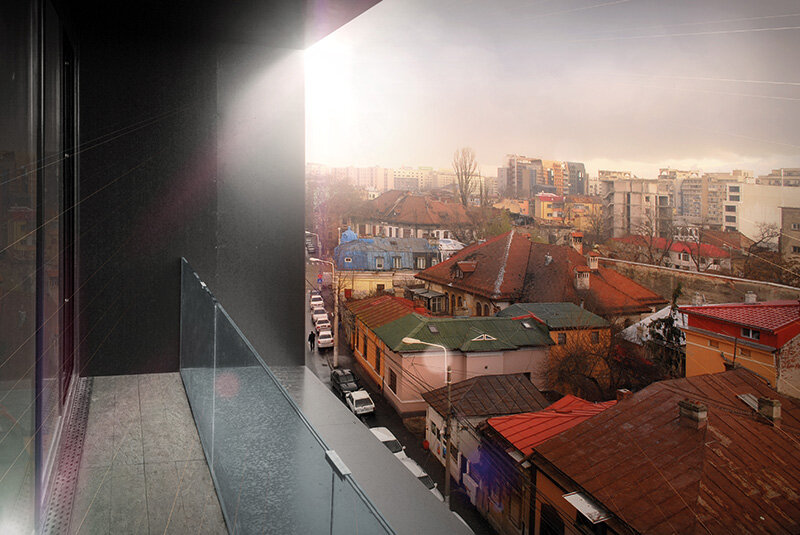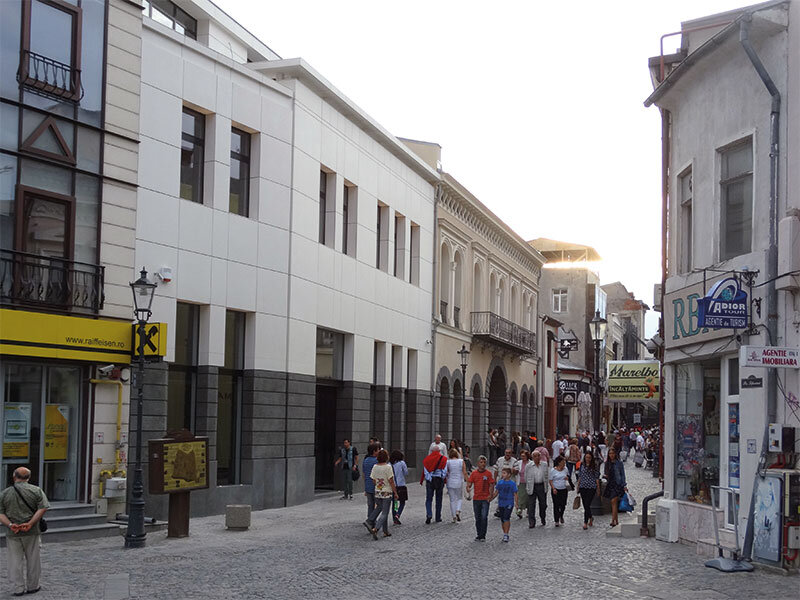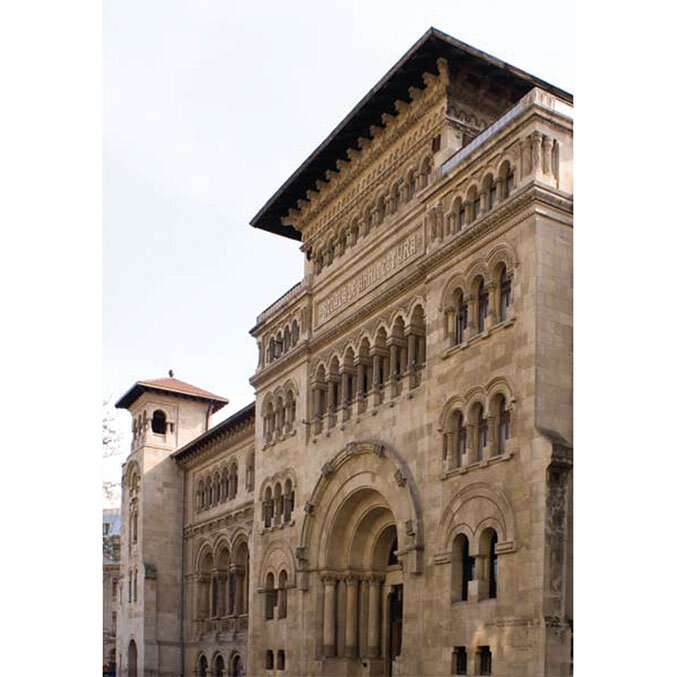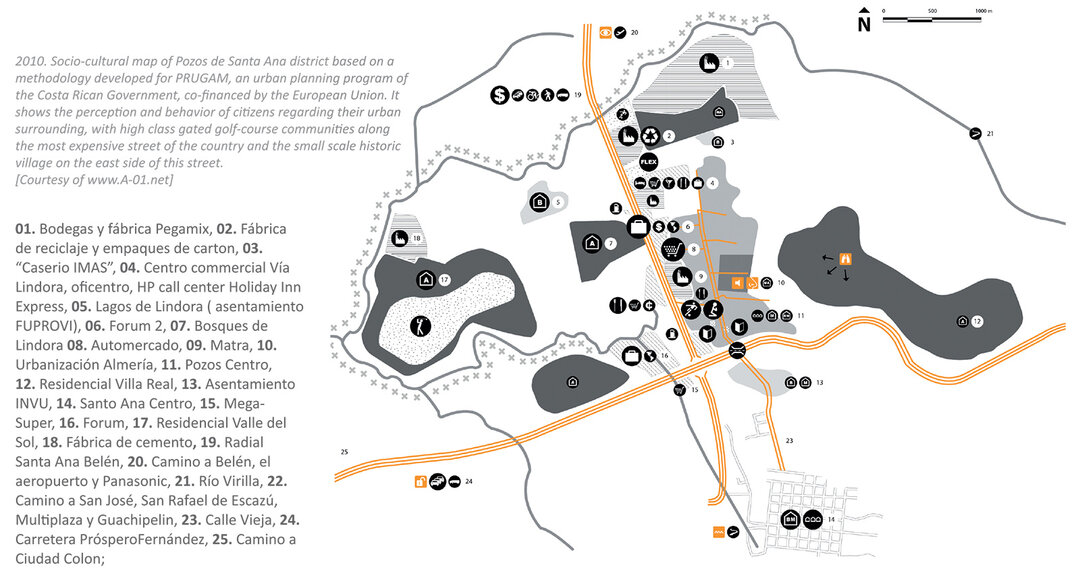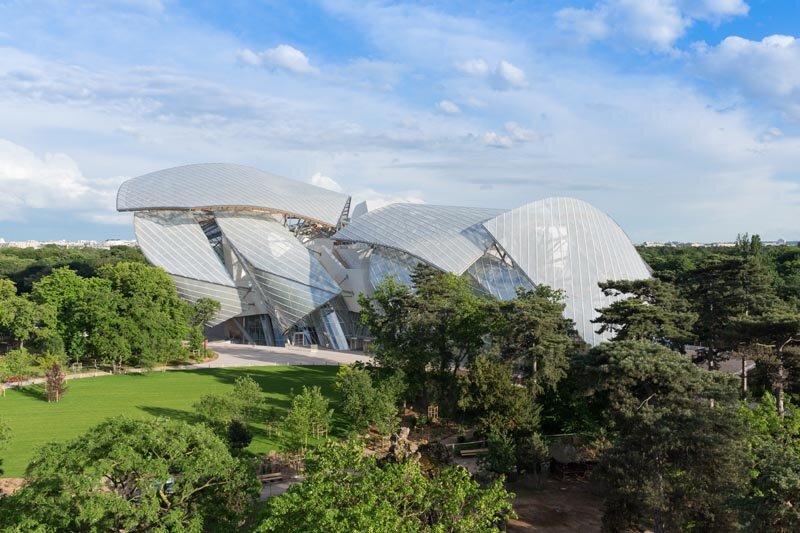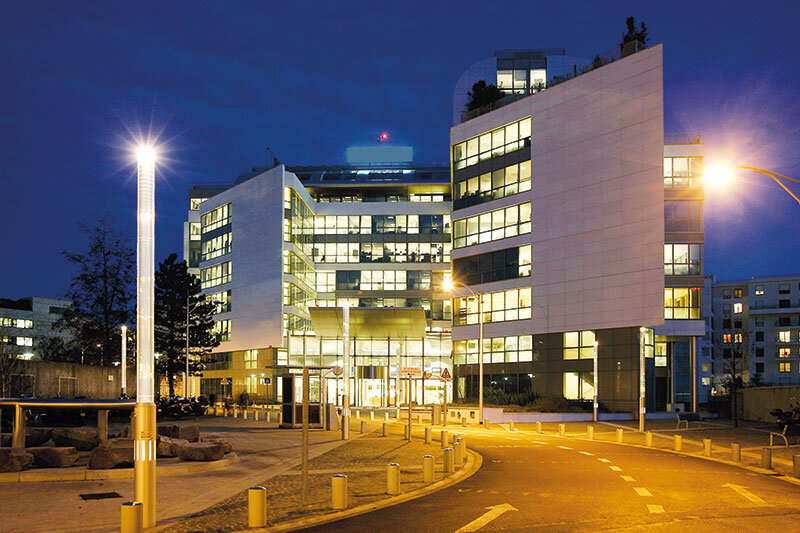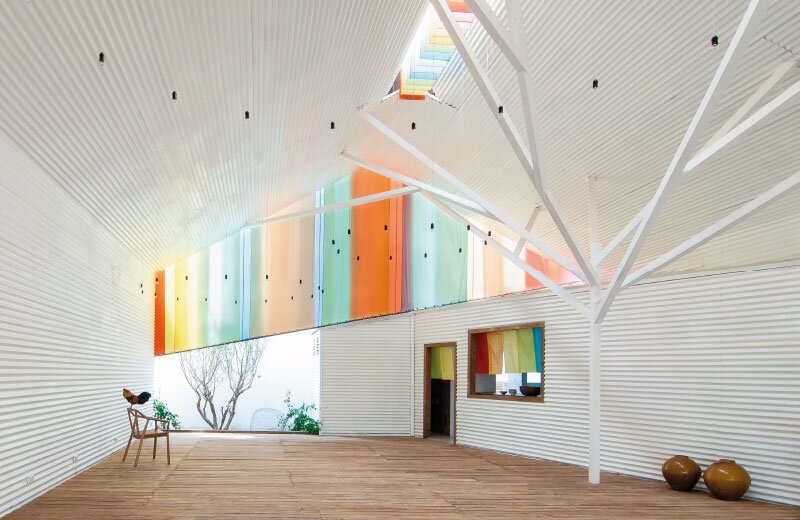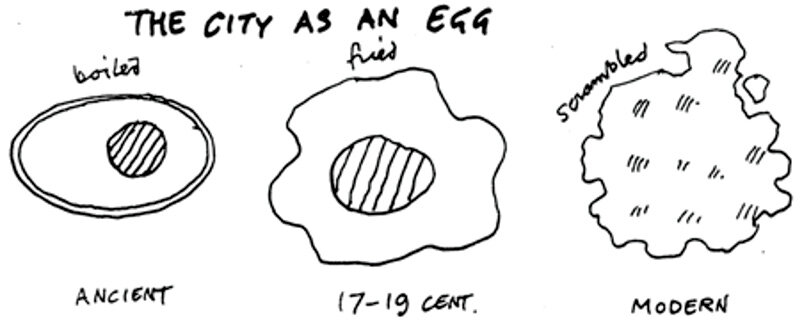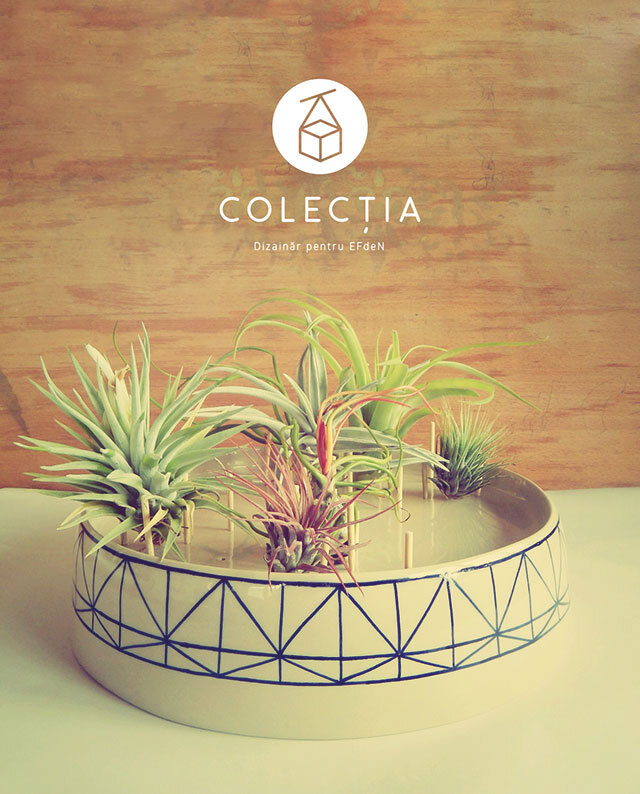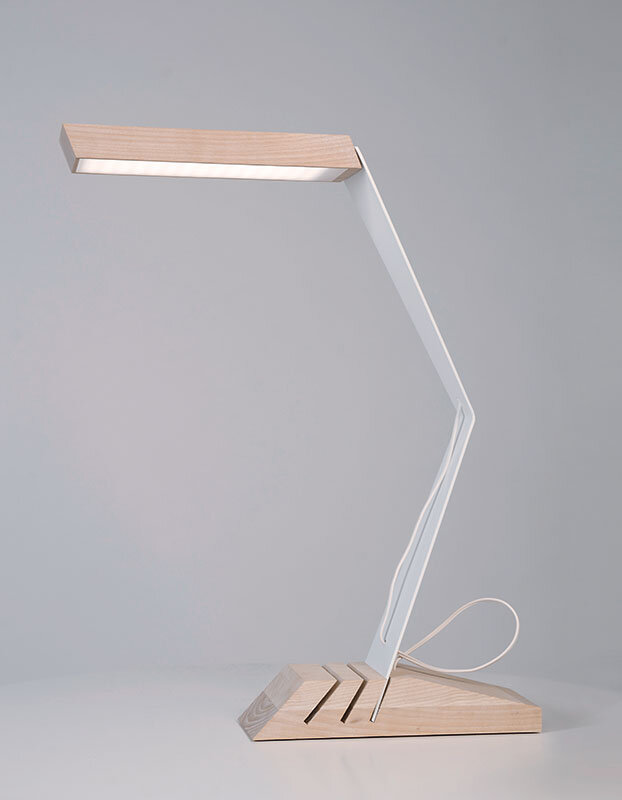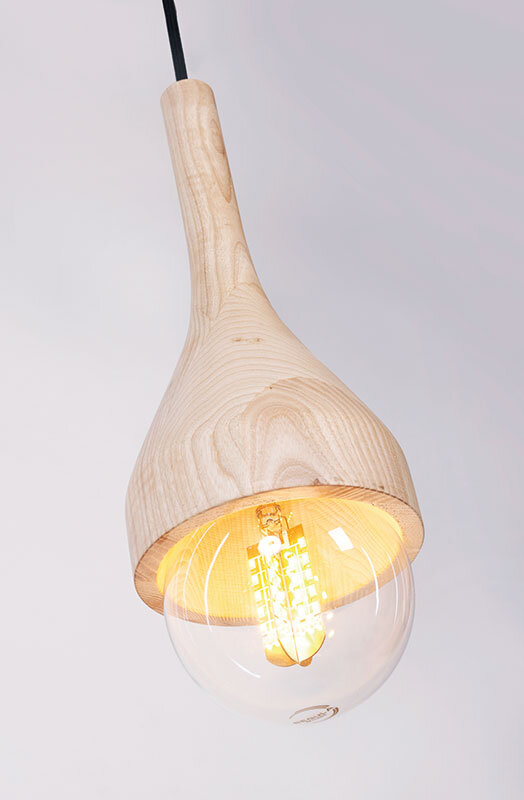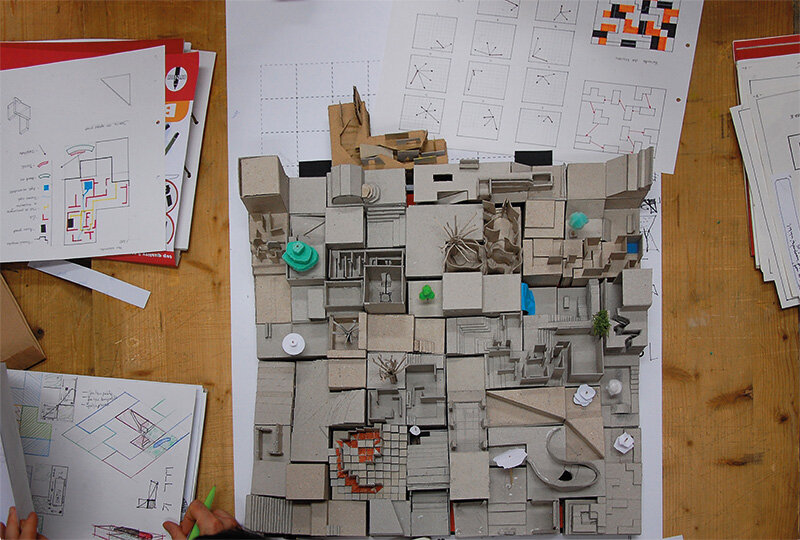
What the future of product design looks like in Romania

Dizainăr is a space where originality and the unconventional are at home, a Romanian design laboratory where the buyer, the creator and the producer of design objects join hands to make them.
photo: Dizainăr, Rizi, De Ceramică
Dizainăr collection for EFdeN
The Dizainăr collection was officially launched at the furniture, equipment and accessories fair BIFE-SIM 2014 and brings together 9 Romanian product designers, 4 local producers and a first beneficiary of the objects, the solar house EFdeN.
The.Dizainăr collection for EFdeN is a family of objects, lovingly designed and realized "for home", a successful collaboration between Romanian designers, beneficiaries and producers. According to Dizainăr's philosophy, the creative process and the optimization it entails are the best solutions when you have to make such a change in the way you "live" with your products. To create this collection of objects, the designers had to meet the stringent requirements of the Solar Decathlon Europe, the most prestigious competition in solar architecture and integrated technologies for universities and educational institutions worldwide.
The Romanian finalists of Solar Decathlon Europe built a prototype of a solar house, which they "heated" not only with solar panels, but also with furniture and decorations, the fruit of the Romanian designers' imagination and optimization. As well as a series of perfectly functional systems that would make any engineer's heart flutter, they wanted to appeal to the more bohemian or more sedate, so they wanted to collaborate with Dizainăr to create pieces of furniture and interior decoration.
Thus was born the Dizainăr Collection for EFdeN, the family of objects for the home, out of a desire to have a home with a personality warmed not only by a high-performance BMS and a generous conservatory, but also by a peeking armchair, a teardrop-hung light fitting, some improbably imponderable shelves and air plants in a hand-painted bowl.
Dizainăr's collection for EFdeN is a beautiful collaboration between some of the designers: Marilena Popa, Mădălina Teler, Ramona Bejan, Rizi, Project Zulu, Silva Artis and local producers: ATIPIC, Ecopor, Inox Style, Overta.
Community and performance
Dizainăr has managed, even if on a small level, to get the design community to collaborate as it should always do. With a strong vision, sufficiently motivating that from the hands of all those involved, quality objects emerge, only good enough to represent the Romanian product design community abroad.
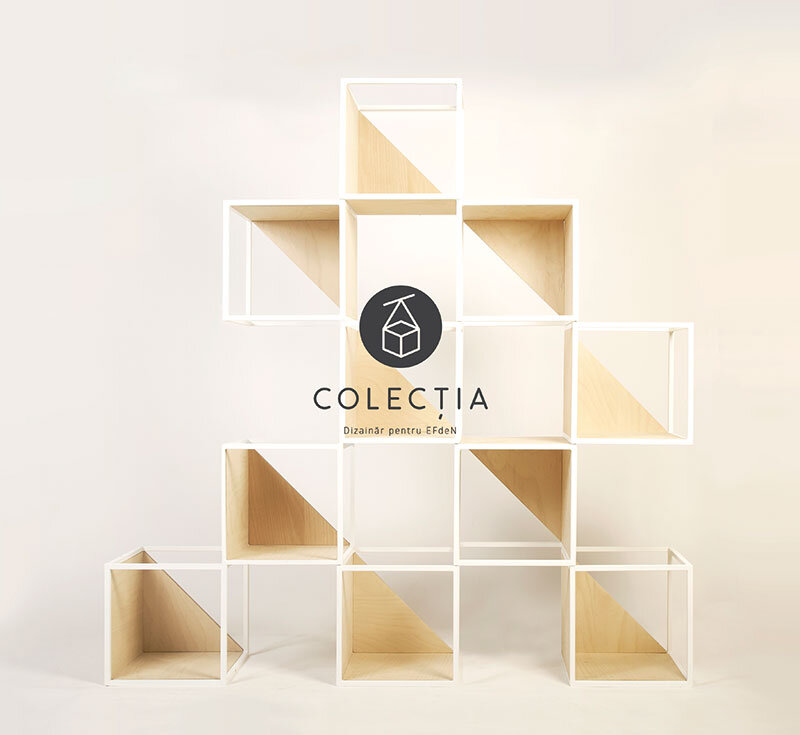
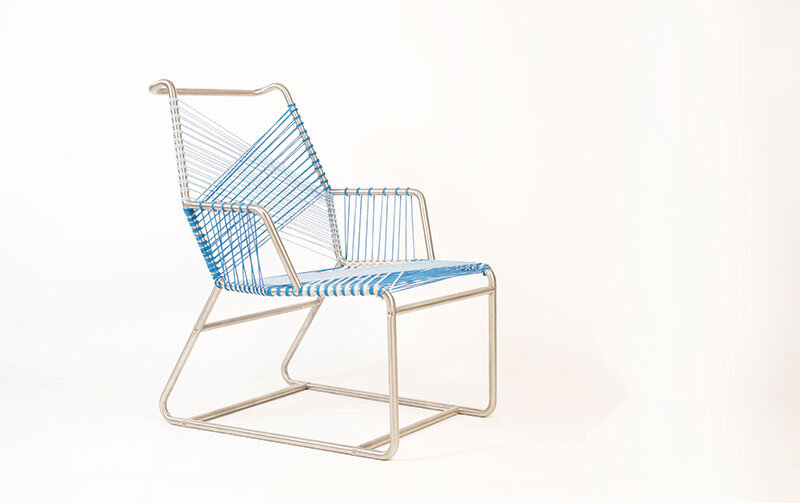
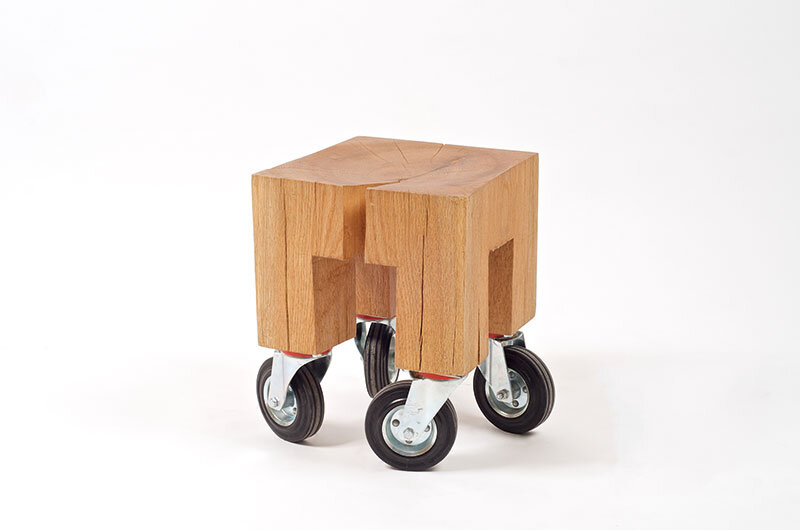
RIZI balanced and versatile
RIZI is formed by Alina Rizescu - architect - and Bogdan Ștefănescu, specialized in communication and marketing, and, together with an extensive team including furniture and textile manufacturers, engineers, developers and visual artists, they approach design as a communication medium between user, creator and context. Their mission is to coherently blend form, function and material into balanced and versatile products.
Say: What does RIZI do?
RIZI: We do communication design for brands and events. This means the whole process from identity creation to custom object design, temporary installations or commercial interiors.
Q: With what expectations did you start your collaboration for EFdeN's Collection.Dizainăr?
A: We loved the mission of the EFdeN project and the dedication of the student team. I wish there had been projects like this when I was a student. The Dizainăr initiative was a cool opportunity to participate in the project and work with new producers.
Q: What are the criteria for the objects that RIZI has created for the Dizainăr Collection for EFdeN?
A: We created four objects: a chair, a modular bookcase and two lamps. All objects are designed with sustainability in mind: natural materials and responsible consumption of resources. As a common idea, all the objects are inspired by traditional Romanian architecture and utensils, but reinterpreting just one feature (a silhouette, a material, a way of processing). They are contemporary objects that have the logic of our times and can be mass-produced.
Q: Are collaborations between designers, shops and manufacturers important?
A: Obviously, one without the other. It's only natural that they collaborate and each focus on what gives them the most fulfillment.
Q: What does design mean to RIZI?
A: We approach design as a communication medium between user, creator and context. Design offers the freedom to imagine multiple forms of interaction between these factors. Our mission is to create products that offer a positive experience, convey a message and take into account the environment for which they are designed.
Q: What is the first object design collection you launched?
A: The first object design collection dedicated to the general public, not to a specific client, was Multiplay, launched last year at the Anti-Mall event. It is modular furniture that challenges the user's creativity to play with objects both when assembling and using them.
Q: Do Romanians need design?
A: Good design provides a better experience in all aspects of life for all people, not just Romanians. We maybe need a little bit more than others to have an accumulation of positive experiences to compensate for other things that don't go well.
Q: At Romanian Design Week you exhibited an object for public space. What's new about Urban Sofa?
A: Urban Sofa is a piece of urban furniture that aims to change the experience in public spaces. It's a bench - lighting fixture assembly with wi-fi, sockets and a table that allows people to do activities they wouldn't normally do on the street or in the park: work on their laptop, charge their phone, have lunch, play a board game. For now it's at the prototype stage, but we hope to see it in cities.
Q: What has changed since you exhibited at Romanian Design Week and what projects are you working on now?
A: RDW was a beautifully organized event with a dear new theme - public space. I can't say anything has changed since then. We are currently working on projects focused on technological applications of design.
Q: What would you say to a client who wants a "gold-polished" door?
A: We would ask him in what context?

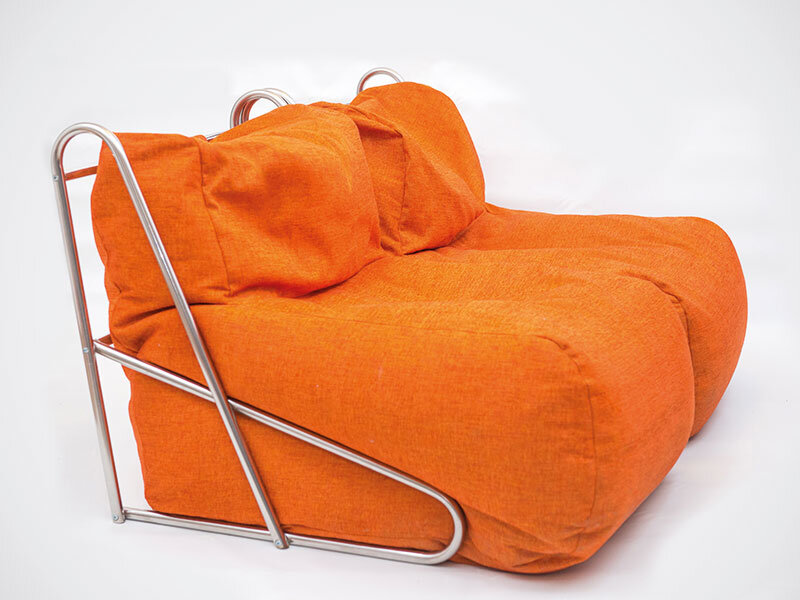
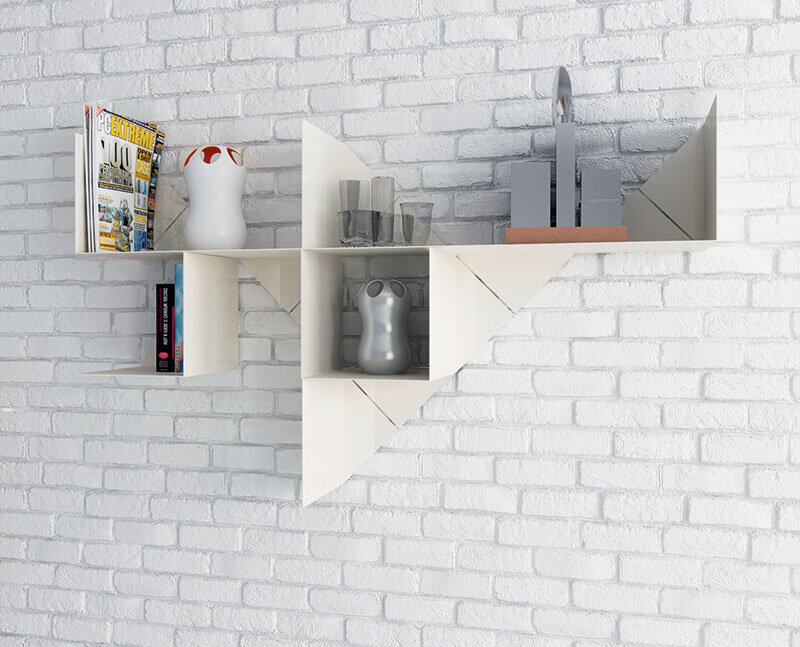
Ceramics by Mădălina Teler
Unique, handmadeand hand-decoratedobjects
For Mădălina Teler, ceramics is a special world, full of new experiments and surprises. Mădălina studied ceramics in high school and college, following a master's degree in Interior Design at the National University of Arts in Bucharest. After finishing her studies, she wanted to use the knowledge she gained and combine her two specializations, ceramics and interior design, and so she started the De Ceramică project.
Dizainăr: What are your favorite decors for your projects?
Mădălina Teler: Because my inspiration comes from architectural decorative elements, I like straight, clean and framed, organized lines. I like to think that I am an organized person and I translate this idea into my objects. Basically, I emphasize pieces of fences, buildings, plant elements, traditional elements - all in a minimal, clean key. I like to harmonize form with decoration. Often the form "dictates" the decor. It's an organic process.
Q: How does your brand, De Ceramică, stand out on the Romanian design market?
M.T.: De Ceramică is a real dream that I live every day. I try to improve with each order, and my approach is more towards the useful. The decorations I use are inspired by the urban architecture of Bucharest. My love for Bucharest is an endless source of inspiration that I will continue to use.
I have often heard it said about the objects I create that they have an organic feeling due to the uncontrolled uncontrolled waving of the ceramic material after firing. And another thing, the accuracy of the straight line drawn by hand with the brush.
Q: What are the criteria for the objects you created for the Collection.Dizainăr for EFdeN? What was the brief?
M.T.: The brief was quite permissive towards creation, but concrete at the same time. We had to think and produce design objects from our own area of specialization that would fit into this energy efficient house created by the EFdeN team, keeping subtle traditional Romanian elements, but integrating our own identity on the object. I created some decorative and utilitarian objects, obviously. For this project, I proposed two platters and the design for a set of tableware, the latter realized in collaboration with a local producer. For one of the platters I collaborated with Ramona Bejan, integrating aerial plants into my personal design.
Q: How do you feel about collaborations between designers, shops and producers?
M.T.: I often find collaborating with other designers playful, as you have to "tune in" with each of them. Communication between colleagues is very important, it keeps you grounded in this world and helps you to grow personally. Of course, framing these collaborations in a public event and working with stores brings visibility, which is a plus.
Collaborations with manufacturers mean more volume, but at the same time you're doing things that you couldn't do otherwise. I usually produce my own objects, from concept to completion. But the ones I've worked with have been quite open. Ecopor, the local producer for the tableware project for EFdeN's The Collection, was very receptive to our initiative and did everything in a very short and professional time.
Q: Your objects are one-of-a-kind, handmade and decorated. What processes does an object go through before it reaches the store?
M.T.: It's a long journey, with sometimes pleasant surprises, sometimes not so pleasant, but always with good lessons. The stages that a ceramic object goes through are: sketch, prototype, molding, slip preparation, casting, drying, first firing, finishing, decoration, glazing, glazing, final firing. And, very importantly, opening the kiln after about 24 hours. Calculated over time, that's about two full weeks.
To then get to the shops requires other processes that I have come to undertake on my own, gaining new skills. I am referring here to collaborations, promotion and the much needed networking.
Q: Your latest collection, Desired Constellation, was featured at Romanian Design Week this year. How did this collection come about?
M.T.: It's a soul collection that I've been working on for a while. I was very inspired by Bjork's song "Desired Constellation", hence the name. It's basically a feeling, triggered by this piece, translated into ceramics.
Part of the statement of the collection would be this: Why should we imagine constellations? Humans have always been fascinated by the magical chaos of the starry sky and have tried to introduce a meaning, a nameable and recognizable order to approach this enigmatic universe. So why can we not draw other constellations to express our desires and hopes? A symbolic gesture of mapping our own destiny reflected in the stars, "our own desired constellation".
As part of the collection, in addition to the usual objects, we also made an interactive light installation. Its aim was to let you define your own constellation, the light fixtures (translucent porcelain hemispheres) were placed on a circular flat surface, treated with special blackboard paint, thus giving you the possibility to merge the "stars" in your own way.
Q: Are you preparing a new collection? What are the objects?
M.T.: I'm always preparing a new collection. It's just which one takes priority. I will go in the same vein as before, but maybe explore a bit more decorative objects. The new collection will be called Diamond. I can't say more, so stay tuned.
